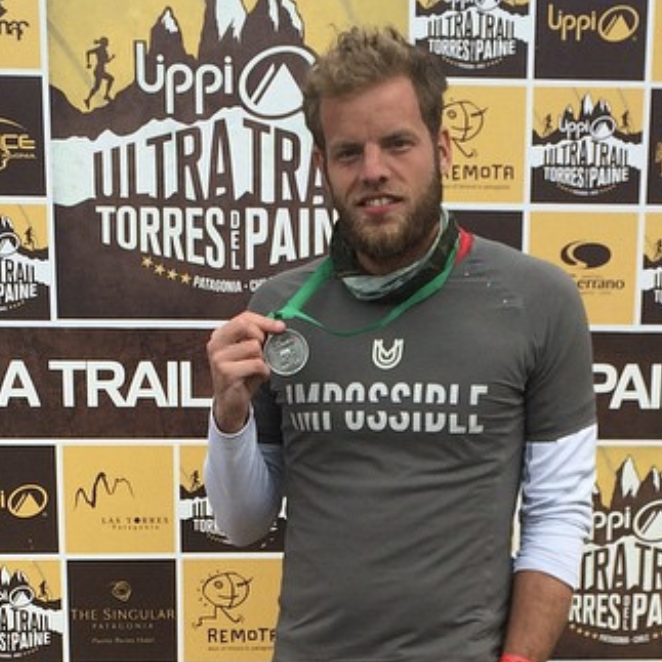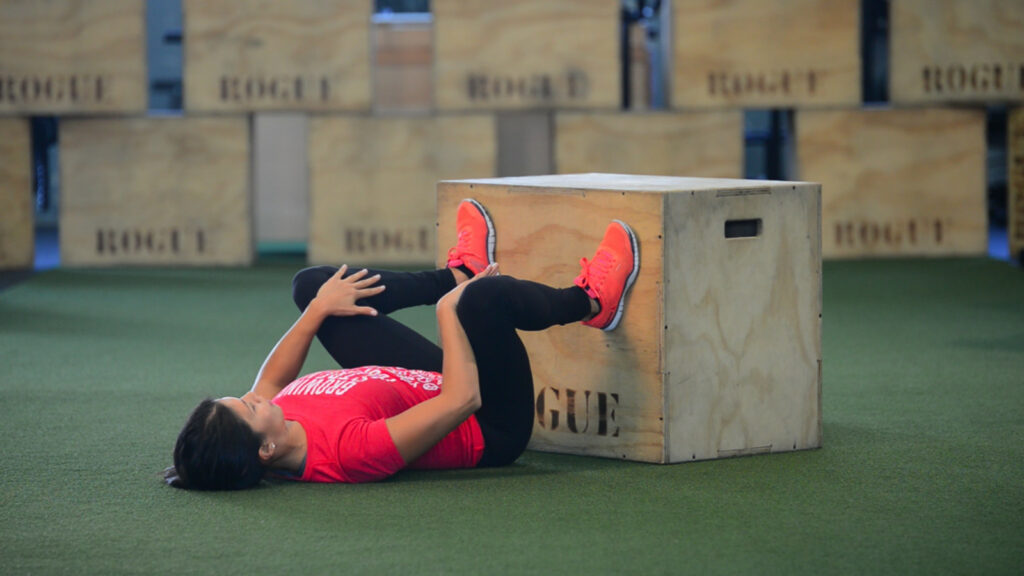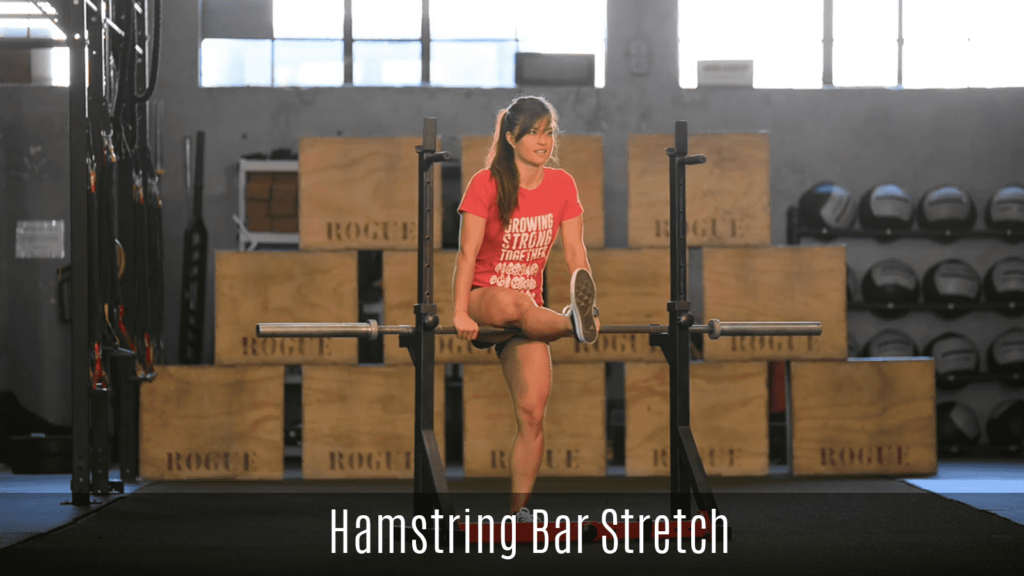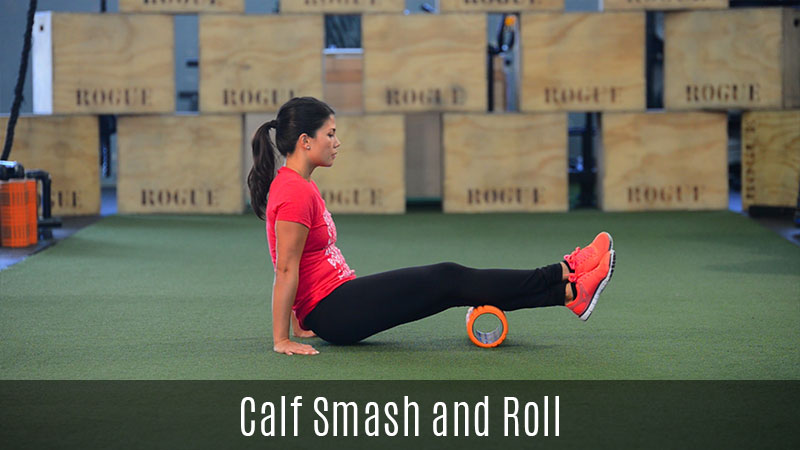Don’t let the hyper-specific name deter you, the Runner’s Lunge is a brilliant stretch that will open up your hips, calves, and quadriceps. Though it, of course, can be very beneficial to those who like to run on a regular basis, anyone, from kids to amateurs, can utilize it as part of their stretching routine.
In fact, it may even be more beneficial for people who spend more time in sedentary positions than those who go for a jog every morning at 6 AM. Sitting for prolonged periods can cause tightness in the lower back and hip flexors, and the Runner’s Lunge will provide a deep stretch for these hard-to-hit areas. Let’s talk more about this beneficial stretch and ways you can implement it into your day to day life.
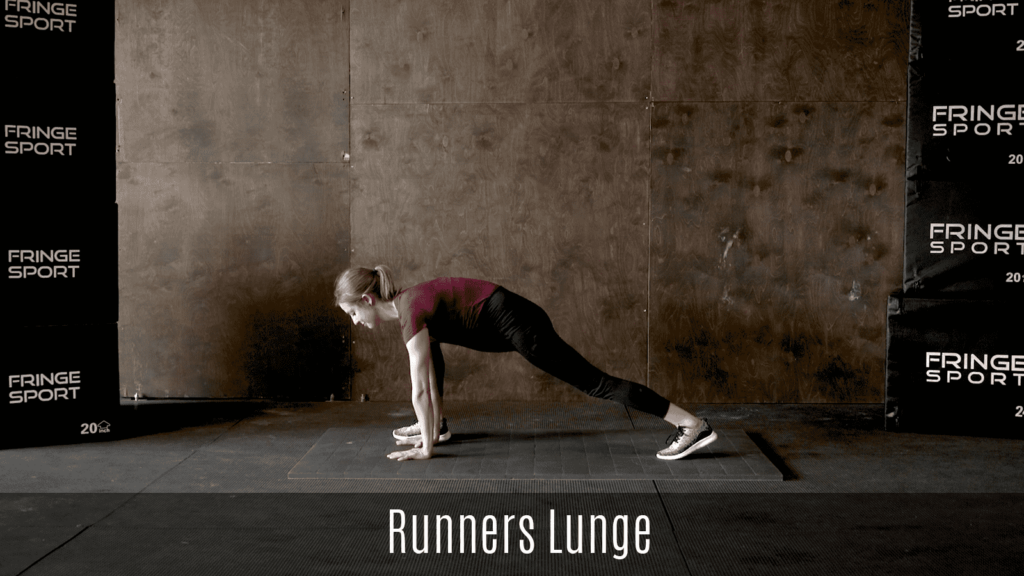
What is the Runner’s Lunge?
At the root of this pose, it is a stretch that helps strengthen and stabilize the hips and surrounding muscles. Use it as a warm up before more intense forms of physical activity, it will bring blood circulation to the hips and legs as well as getting you ready for what’s next.
To perform this lunge, you will first start in a strong Tabletop position. This means that your hands will be placed on the floor underneath your shoulders and your knees will rest on the floor directly under the hip points. Ensure that your spine is neutral and that your gaze is focused down at the floor. While these points of performance may seem basic, it is important that we do our best to move well at all times. This includes how we set up for a specific stretch.
From the Tabletop position, bring your right foot up and place it just outside of your right hand. Once you have established this position, slowly take your left leg and extend it out behind you with your toes making contact with the ground.
An important note to remember as you perform the runner’s lunge is to let your hips relax and suspend themselves. Admittedly, it may feel awkward at first to try and use your legs to hold your hips up in the air. Instead of using your legs to hold your hips high, try your best to release this tension and stay balanced. Let gravity do the work for you as you sink into the stretch and feel your hips opening. Also, make sure that your knees do not stray in front of your toes as this can potentially lead to injury in the knee.
Hold on one side for at least 30 seconds breathing deeply the entire time. When time is up, return to the starting Tabletop position and complete the same sequence of movements on the other side.
Runner’s Lunge Benefits
Of course, this is a great stretch to do before any sort of physical activity. Used as a warm up, this can be an effective move for getting increased circulation to the hips and surrounding lower body muscles. It is a particularly deep stretch for the hips, hip flexors, and lower back. If you feel tightness in any of these areas (or maybe you feel it in all of them, no judgment) the runner’s lunge will help open those areas.
Not only will this pose provide a stretch through the hips, it will also help build some core strength and stability. You might even feel a little burn in your arms from the strength it requires to hold the pose. By the end of the stretch, your body should definitely feel primed and ready to workout after.
You could most certainly perform this stretch after your workout as a cool-down as well. We recommend it especially if your workout requires a lot of lower body, hips, or back work. Pair this pose with deep breaths to maximize recovery and bring your body back into relaxation mode. This is a great stretch to do even if you just sit in a chair for extended periods of time. Overall, this pose can be very beneficial to most anyone looking for a deep stretch.
Runner’s Lunge Modifications
Again, this pose is a deep stretch. If it’s a little too intense for your current ability level, there are ways to modify it. The first would be to drop your back knee to the ground instead of elevating it. This will provide a bit more stability to you and better allow you to modulate the deepness of the stretch.
Another modification requires a yoga block or something of a similar size. Instead of bringing your hands all the way to the floor, place them on a block. Again, this should lessen the intensity of the lunge.
If you ever experience any painful sensations, come out of the pose immediately. A big or intense stretch should be ok, but as soon as that becomes painful, stop the stretch and seek advice from your healthcare professional.
Get in a hands and knees position on the floor with your back straight and eyes looking down.
Take your left foot and while balancing on your right knee and palms, bring it forward to rest flat on the floor just next to and outside your left hand.
Now raise your right knee off the floor and extend your right foot back as far as you can with just your toes now touching the ground. Again, try to relax your hips and let gravity give them a good stretch for around 30 seconds.
Bring your right and left knees back to the floor in their original starting position and do the same lunge stretch for the other side of your body.
